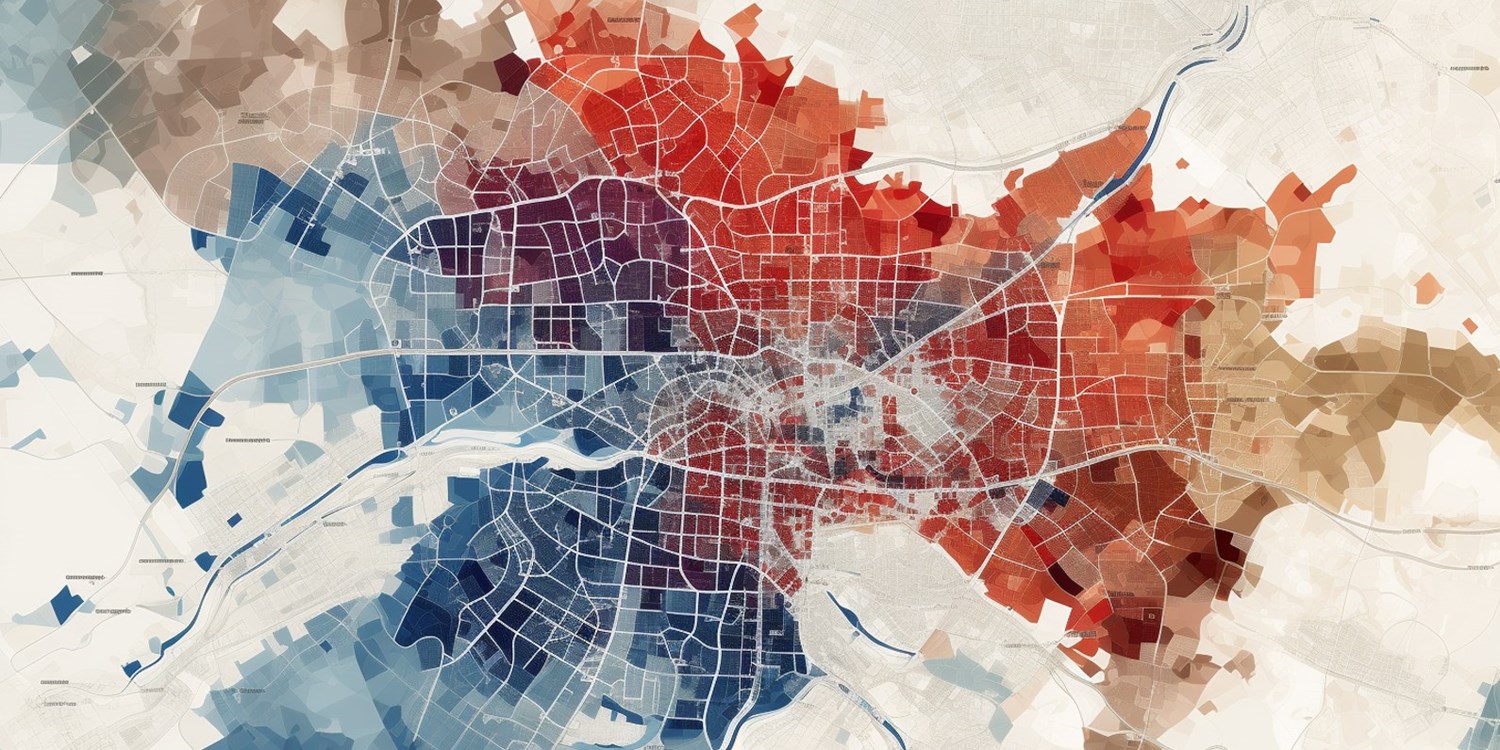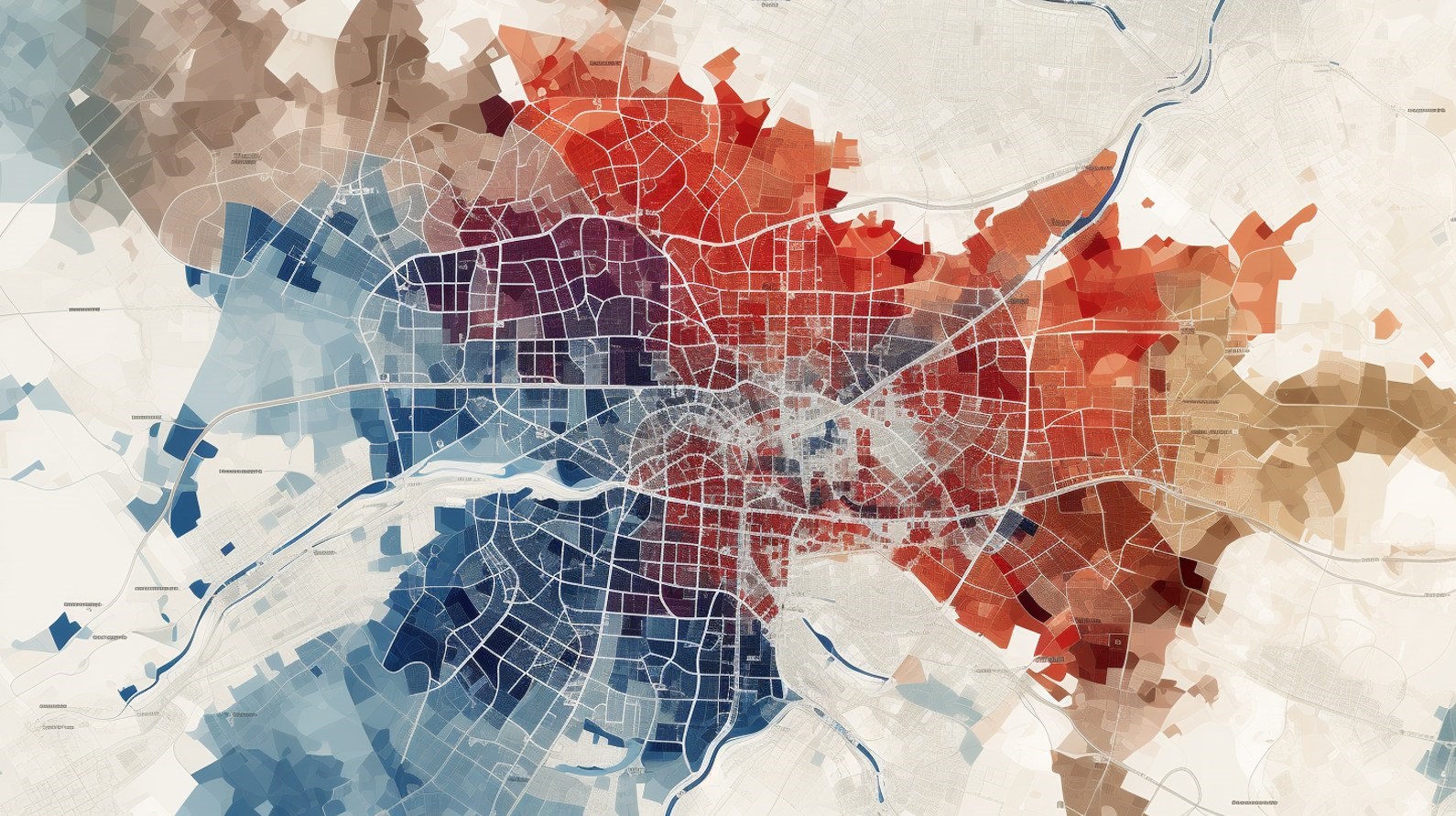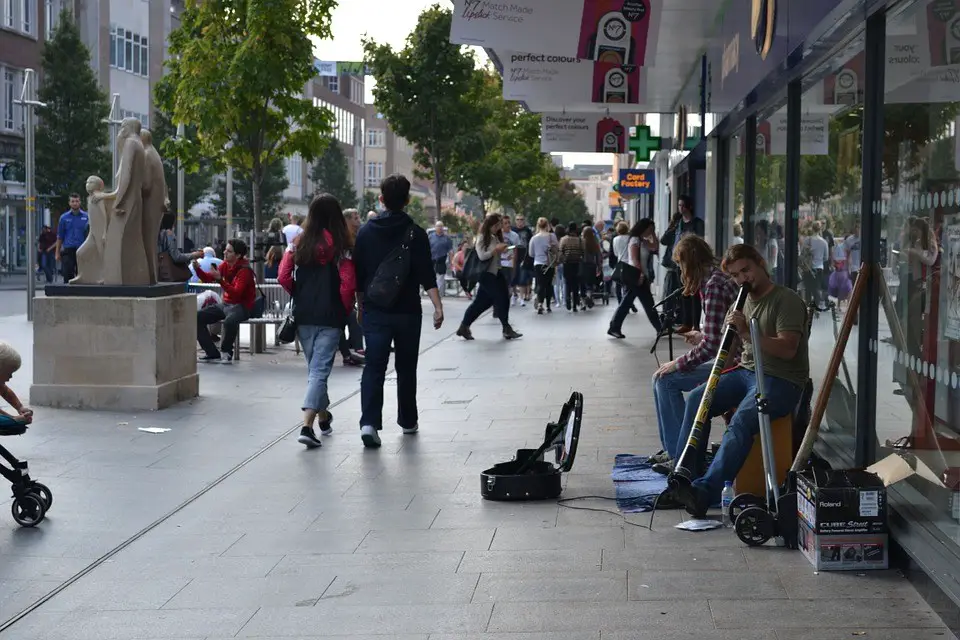DECIPHERING CRIME RATES - A DEEP DIVE INTO UK POSTCODE ANALYSIS

Spending a fortune on conveyancing?

Compare instant, low-cost online quotes from trusted conveyancing solicitors.
Backed by experts, our no-obligation service searches through the best conveyancing quotes on the market to save you time and money.
Ever noticed how some neighbourhoods seem safer than others? In the UK, where you live, right down to your postcode, can tell a lot about the crime rates in that area. But it's not as simple as just reading numbers. Our postcodes can show differences in income, culture, and many other things that might affect crime. In this blog post, we'll dive into what's really going on with crime in different postcodes, trying to figure out the story behind the stats.
Let's decode what those numbers truly mean for our neighbourhoods! You'll dive into detailed crime statistics, understand their implications, and see how they're shaping public policy.
Understanding the Basics of Crime Rates in the UK
Before we begin, you need to grasp the concept of crime rates in the UK before you can fully appreciate their impact on society. Crime rate, in simple terms, refers to the number of crimes reported per unit of population, usually per 100,000 people. It's a key indicator of safety in a given area and is closely tied to your personal freedom.
Now, let's dig deeper into the crime prevention strategies and community policing initiatives that shape these rates. Effective crime prevention strategies are crucial in maintaining lower crime rates. These strategies typically involve measures aimed at deterring potential criminals, rehabilitating offenders, and making communities safer.
Community policing initiatives, on the other hand, focus on building relationships between the police and the community. The police often get a bad rap from communities, but these initiatives are there to enhance cooperation and trust, which in turn can lead to better crime detection and prevention. These initiatives can empower communities, giving you the freedom for you - and your family - to live without fear.
Let's face it, no one wants to live in a community where they are scared.
Understanding these concepts is the first step to appreciating the complexity of crime rates. It's essential to remember that they're not static, but rather the result of multiple factors including effective crime prevention strategies and proactive community policing initiatives.
The Role of Postcodes in Crime Analysis
By incorporating postcodes in crime analysis, you're not only identifying high-risk areas, but also gaining a clearer understanding of crime patterns and trends. This is where 'Postcode Profiling' comes into play. It's a method that assigns characteristics to postcodes, allowing you to map out crime hotspots, predict crime rates, and identify the need for intervention.
Postcode Profiling can reveal patterns that might've been overlooked. For instance, it can show if certain types of crime are more prevalent in some postcodes than others. This knowledge could be crucial in allocating police resources effectively, or in designing crime prevention strategies. It's not just about reacting to crime, but proactively anticipating it.
'Crime Predictability', another facet of this analysis, is about understanding the likelihood of crime recurrence. It's based on the premise that crime isn't random but follows certain patterns. By identifying these patterns, you're better equipped to prevent crime in your community.
In essence, postcodes serve as a bridge between the abstract world of statistics and the concrete world of crime prevention. They offer a detailed, objective view of crime trends, helping you take the necessary steps towards a safer community.
Unpacking the Numbers: Detailed Crime Statistics by Postcode
Delve deeper, and you'll discover that each postcode has a unique story to tell, and it's embedded in the numbers. By scrutinising these figures, we can unravel the patterns and trends that make up the crime landscape of each area. Let's unpack the numbers:
- Crime Rate: This is the number of crimes reported per 1,000 residents. High crime rates might indicate a hotspot, but remember, it's just one piece of the puzzle. There might be some nuances that are very, very difficult to uncover that are related to the numbers.
- Crime Type: Pay attention to the nature of the crimes. Are they mainly violent offences, anti-social behaviour, or property crimes? This could hint at underlying socioeconomic issues.
- Crime Trends: Watch for shifts over time, especially dramatic onces. A sudden spike might signal an emerging problem, while a decrease could suggest law enforcement strategies are working.
Through these detailed statistics, we can apply criminal profiling techniques, not to infringe on anyone's data privacy concerns, but to better understand and address crime, especially on a neighbourhood level. By doing so, we're not only working towards safer communities but also nurturing an environment where freedom can truly thrive. Remember, numbers don't lie, but they do need someone with their ear to the ground - and who is able to understand the reasons - to interpret them.
Trends and Patterns in UK Crime Rates
In this section, you'll uncover patterns and trends in UK crime rates, and it's here where someone's postcode might start to take on new meaning. These trends aren't just statistics; they're real-life stories, painted on a canvas of societal change.
Analysing these patterns can help in crafting potent crime prevention strategies. For instance, if a certain postcode exhibits a high rate of burglaries, targeted measures, from increased policing to community awareness campaigns, can be initiated. These strategies aren't just about reducing numbers; they're about reclaiming freedom, your freedom.
But the analysis doesn't stop there. A deeper dive into these trends reveals the societal impact of crime. For example, areas with high crime rates often suffer from property devaluation, stunting local economic growth. This isn't just a postcode issue, it's a societal one that can ripple outwards, affecting even the most distant corners of the UK.
Implications of Postcode-Based Crime Analysis for Public Policy
You'll see how a deep understanding of postcode-based crime analysis can shape public policy and help craft strategies that are more responsive to the unique needs of different communities across the UK. This approach can lead to significant policy modifications, particularly in the area of crime prevention.
- Targeted Resource Allocation: By identifying high-risk areas, resources can be strategically directed to where they're needed most. This could mean more police patrols, community support, or social programs in areas with higher crime rates.
- Tailored Intervention Strategies: Understanding the nature of crime within specific postcodes can inform the design of targeted interventions. For example, if drug-related offenses are prevalent in a particular area, policies can be modified to focus on substance abuse treatment and prevention.
- Community Engagement: Postcode-based crime analysis can encourage community involvement in crime prevention. When people see that policies are responsive to their unique circumstances, they're more likely to engage actively in their implementation and success.
It's clear that data-driven policy decisions can lead to more effective, efficient, and equitable public services. This freedom to adapt to local circumstances is a potent tool in crime prevention and fostering safer communities across the UK.
 Chris Haycock is the founder and CEO of Postcode Area.
Chris Haycock is the founder and CEO of Postcode Area.
He started his digital publishing business in 2004 with the launch of BritEvents, and since his journey began has built a significant portfolio of 30+ websites.
These websites include ZoomLocal, Visitr, Traffic Update, Who Shall I Vote For?, Postcode Area and more. ONE in SIX of the UK population has used his websites in 2017.
From the Postcode Area blog

Deciphering Crime Rates - a Deep Dive Into UK Postcode Analysis
Ever wondered about the crime rate in your UK postcode? You're not alone. We've dug deep into the data, uncovering trends and patterns that'll make your head spin.

Death of the High Street?
The BBC reports that despite councils' attempts to kurb them, the UK's high streets have seen a huge growth in fast food outlets. Could this mark the death knell for the Great British high street, and what can we do about it to halt its decline?

Discrimination by Postcode
You really couldn't make it up, could you? Some of the country's most vulnerable people are missing out on their weekly £25 Cold Weather Payment, just because the system that's in operation is discriminating against them because payments are based on postcode, rather than geographic location.

The Redesign is Underway
Well, the current website was absolutely in dire need of a good redesign - from the ground up. So I set out to pull it all apart and get it up and running again to become the most comprehensive guide to every postcode in the UK. And it's been a long, tough job from start to finish - and quite possibly the biggest project I've ever undertaken.
About Us
Postcode Area helps people in all areas of the UK to locate and find postcode data and information for cities and towns in England, Scotland, Northern Ireland and Wales.
Share and Share Alike
Find this information useful? Don't keep it a secret - spread the word.
© Postcode Area / CliqTo Ltd and Chris Haycock. Registered company number 7575287.
Unit 8 Palmbourne Industrial Park, Castle Street, Stafford, England, ST16 2TB,
UNITED KINGDOM.